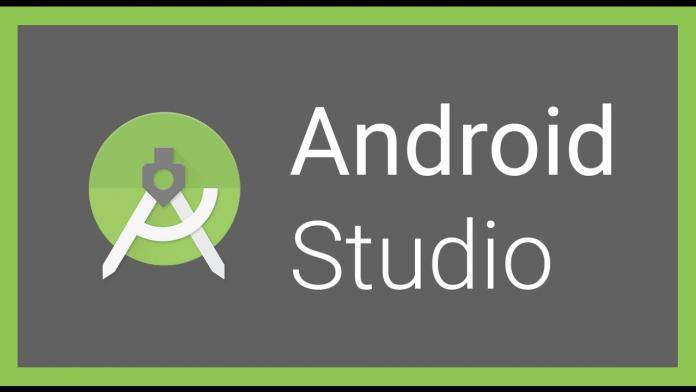
Google’s primary Google integrated development environment (IDE) Android Studio just launched a new version today, in Android Studio 3.1. The new version focuses more on product quality and app development productivity. In addition to various quality changes, Google has added several new features into version 3.1 that developers should integrate into their development flow. It might not be a significant release, but it is still worth the upgrade – especially if you work as an Android developer and use Android Studio primarily.
Android Studio 3.1 has a new C++ performance profiler which will help developers troubleshoot performance bottlenecks in their code. Google has also added better code editor support to aid in SQL table and query creation statements, for devs using a Room or SQLite database in their app. Check out the video below for more details.
For the highlights of what version 3.1 brings to the table, we’ve listed them down for you below:
- Kotlin Lint Checks — Lint code quality checks have been enhanced so that now you can run them via the command line as well as from the IDE. Just open an Android Studio project, and run
gradlew lintvia command line. - Database Code Editing — Editing inline SQL/Room Database code is now even easier thanks to SQL code completion in your @Query declarations, better SQL statement refactoring, and SQL code navigation across your project.
- IntelliJ Platform Update: IntelliJ 2017.3.3 brings many new features such as new Kotlin language intentions and built-in support for SVG image preview.
- D8 Dex Compiler — D8 is now the default dex compiler. Replacing the legacy DX compiler, D8 dexing is an under the hood APK compilation step that makes your app size smaller, enables accurate step debugging, and often leads to faster builds. Ensure that your
gradle.propertieseither has noandroid.enableD8flag, or if it does ensure that it is set totrue. - New Build Output Window — An updated Build output window organizes build status and errors in a new tree view. This change also consolidates the legacy Gradle output into this new window.
- Quick Boot — Allows you to resume your Android Emulator session in under six seconds. Like a physical Android device, the emulator must perform an initial cold boot, but subsequent starts are fast. The feature is enabled by default for all Android Virtual Devices. You also now have finer grain controls of when to use Quick Boot and the ability to save the quick boot state on demand under the emulator settings page.
- System Images and Frameless Device Skins — The latest version of the Android Emulator now supports the Google Play Store and Google APIs on API 24 (Nougat) — API 27 (Oreo) emulator systems images as well as the P Developer Preview. Additionally the device emulator skins are updated to work in a new frameless mode, which can help you test your app with 18:9 screen aspect ratios, or Android P Developer Preview DisplayCutout APIs.
- C++ CPU Profiling — In addition to performance profiling your Kotlin and Java language app code, you can now profile your C++ code in your app. Using simpleperf as backend, the C++ profiler allows you to record C++ method traces.
- Network Profiler Updates: Threads & Network Request — A new Network Thread view lets you inspect multithreaded network traffic, and a new Network Request tab can help dig into the network requests over time.
You can download the new version for Windows, Mac, and Linux now directly from developer.android.com/studio. If you are already using Android Studio, you can get the latest version in the navigation menu, go Help > Check for Update on Windows/Linux or Android Studio > Check for Updates on OS X.
SOURCE: Google









